MoD or Memorandum of Deposit is a conditional agreement between the lender and the borrower. While each type of loan comes with its own conditions, MoD for a home loan serves the purpose of protecting the interest of both the lender and the borrower.
MoD charges can be different based on the loan type, loan amount, and other related profiles. While this article concentrates on the MoD charges for home loans in SBI, it also explains the basic information about this charge. All this will provide a better understanding of the charges and why you need to pay them on top of the loan amount.
What are MoD in Loans?
Before you note the charge structure for home loans, know what exactly is MoD (Memorandum of Deposit) or MoDT (Memorandum of Deposit of Title Deeds).
When you take out a home loan, the bank or lender leverages your property documents as collateral. The MoD is a legal document that confirms the submission of title deeds with the lender as well as assures that the submitted property remains held to the bank until the debt is fully repaid.
Now the question is, why do you need to pay a charge to maintain a document?
Why to Pay MoD Charges for a Home Loan?
The signing of the MODT (or MOD) between the bank and the borrower constitutes an agreement between the two parties. Stamp duty and processing costs are included in the MoD charges for home loans.
Banks may also impose additional costs on customers, such as administrative fees, custody charges, insurance fees, and so on. The bank bills these charges solely to the final client. This is a significant document that protects both the borrower’s and the lender’s rights.
How much to Pay for MoD Charges for Home Loan in SBI?
Generally, MoD charges in the State Bank of India vary between 0.1% and 0.3%. However, stamp duty for a Memorandum of Deposit has an upper limit of 25,000 rupees overall.
If you want to know the MoD charges for a home loan specifically, they come out to be Rs. 15,000 for a loan of Rs. 50 lakhs, with a 0.3% higher than average. You may bargain with the bank to get the administrative fees reduced to a reasonable extent.
Conclusion
The bank carries the credit risk for the borrower, and home loan amounts are typically substantial. There are multiple risks like the borrower facing financial difficulties and delaying EMI payments. Any potential default or delay in payment is a risk for the lender because they must report it to the regulator and make provisions. Secondly, the value of the property may fall significantly, and the bank may discover that the loan is not fully covered. In these practical cases, the bank may ask the borrower to pay down a portion of the loan or provide extra security. All these terms and conditions along with the regular MoD signing fees are mentioned in the document.
The MoDT is also meant to protect the borrower’s interests by capturing the dynamics of the relationship on paper. MoDT clearly defines the circumstances under which the bank may request that the borrower pay down the loan in part or provide extra collateral. Similarly, the MODT clearly states under what conditions the bank can reclaim the property. The procedure flow, such as the notice period and the cooling period before the auction, is also outlined.
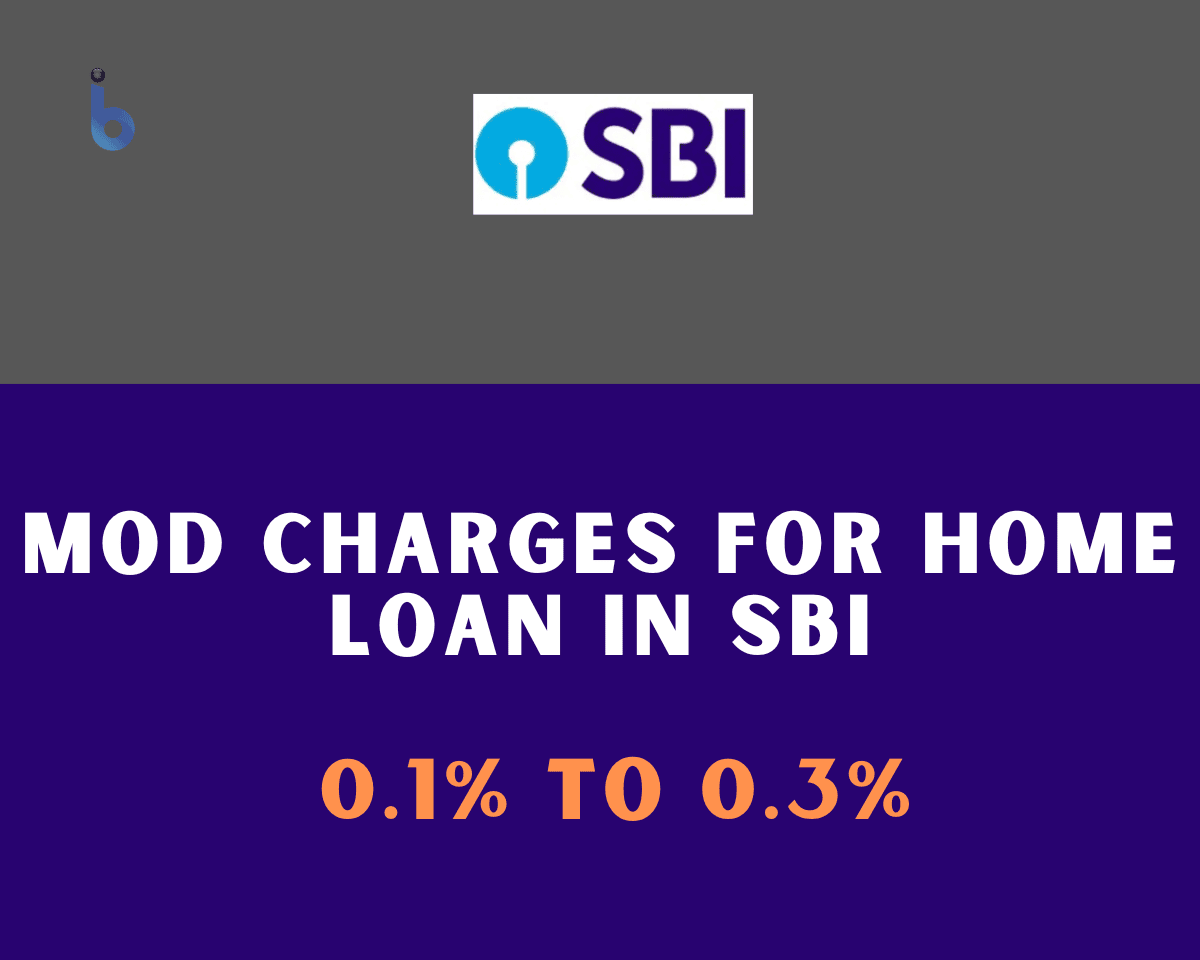


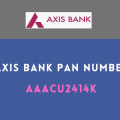
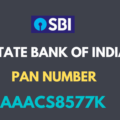
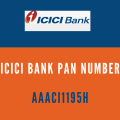
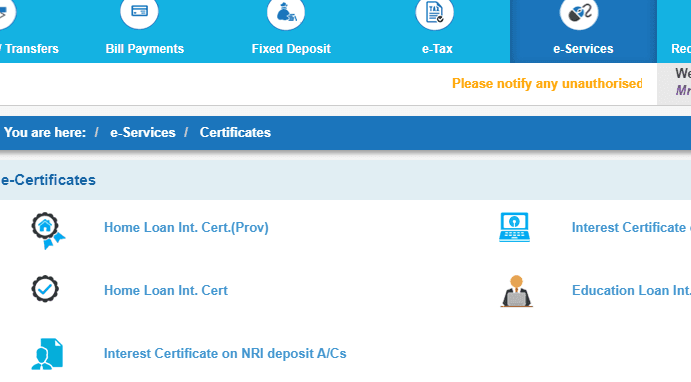
Be the first to comment